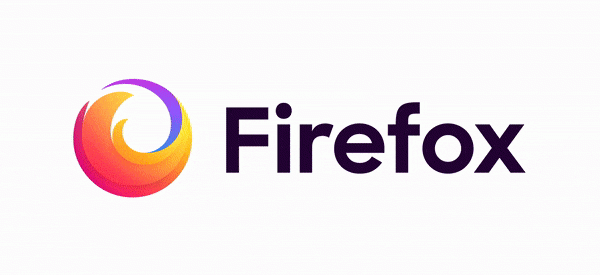Find the best branding agency in New York, NY (NYC) for your startup, B2B, SMB, enterprise or SaaS project.
UPDATED: September 1, 2020
Every business and brand has to compete on the market and needs to have a strong positioning that allows it to distinguish from competitors and set a solid foundation for future growth. It requires both internal work with key stakeholders and external expertise of a design firm that can apply proven methods and practices to go through branding exercises and research. Both internal buy-in and experience of a design agency can lead to a successful rebranding work.
Since New York is one of the key locations where both media, tech, fashion brands live together, we decided to provide a list of agencies that both have clients from that area and have some representation on the East Coast of the US.
1. Ramotion
Ramotion is a design firm focused on marketing websites and branding.
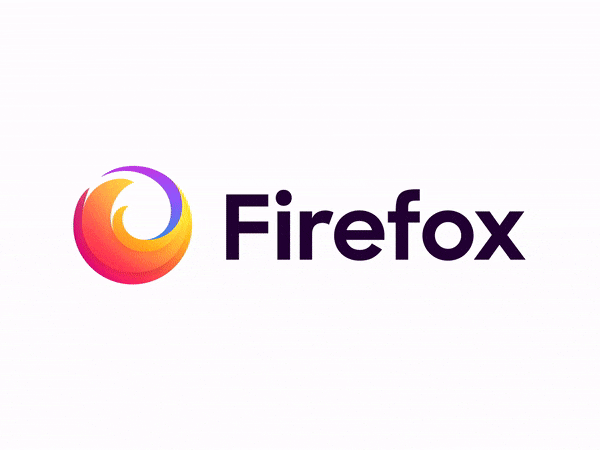
? ramotion.com
?New York, NY
? Top clientsMozilla, Cellebrite, MYKI
Online portfolio? Dribbble ?? B?hance ? Github
Social networks? Instagram ? Twitter ? Facebook
2. DeSantis Breindel
DeSantis Breindel is the B2B branding and marketing agency in NYC.
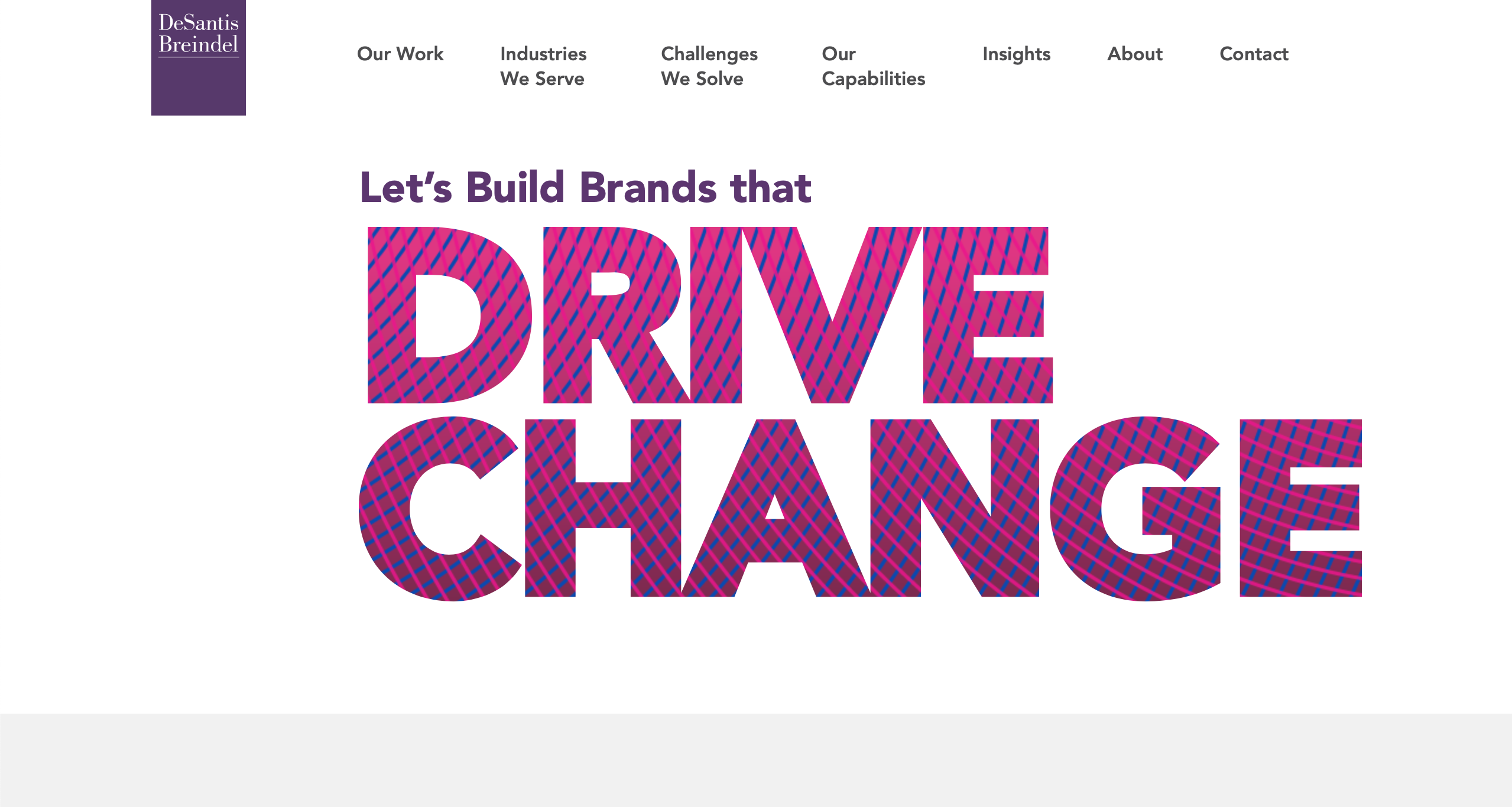
? desantisbreindel.com
?New York, NY
? Top clientsVerifone, ICF, Navigant
Social networks ? Twitter
3. C42D
New York branding agency for visionary companies, focused on research, strategy, naming, design, and development.

? c42d.com
?New York, NY
? Top clientsYoutube, Shazam, Ogilvy
4. Startup Branding Agency
Design firm experienced in brand identity, brand strategy and marketing websites for growing startups.
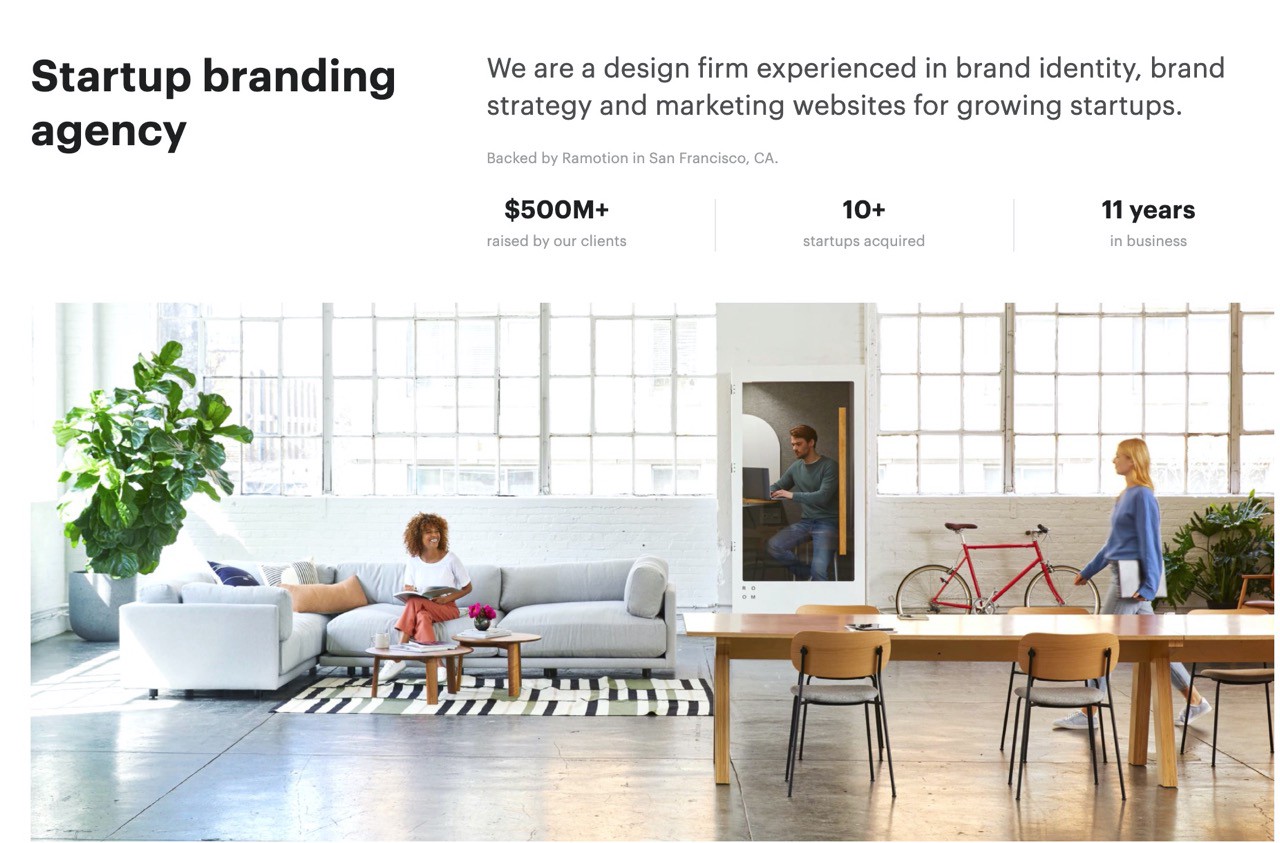
? startup-branding
?New York, NY??
?Top clientsVolusion, Truebill, Descript
5. BrandTuitive
BrandTuitive is a branding agency based in New York City.
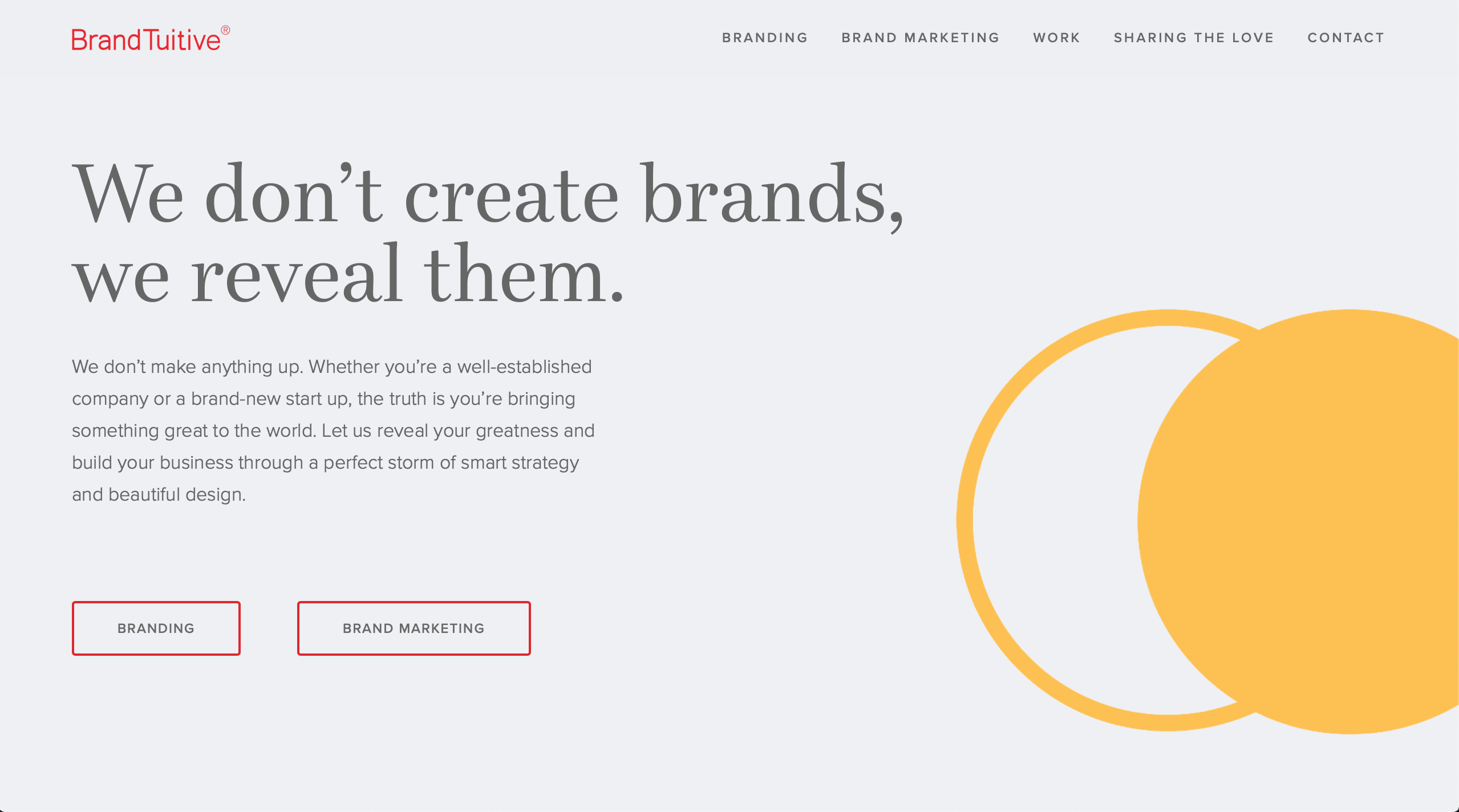
? brandtuitive.com
?New York, NY
? Top clientsNespresso, Fulfill, MRCESocial networks? Instagram ? Twitter
6. Beacon Branding LLC
A collaborative branding firm that partners with companies locally and around the world that are looking to discover or revitalize their brand identity.
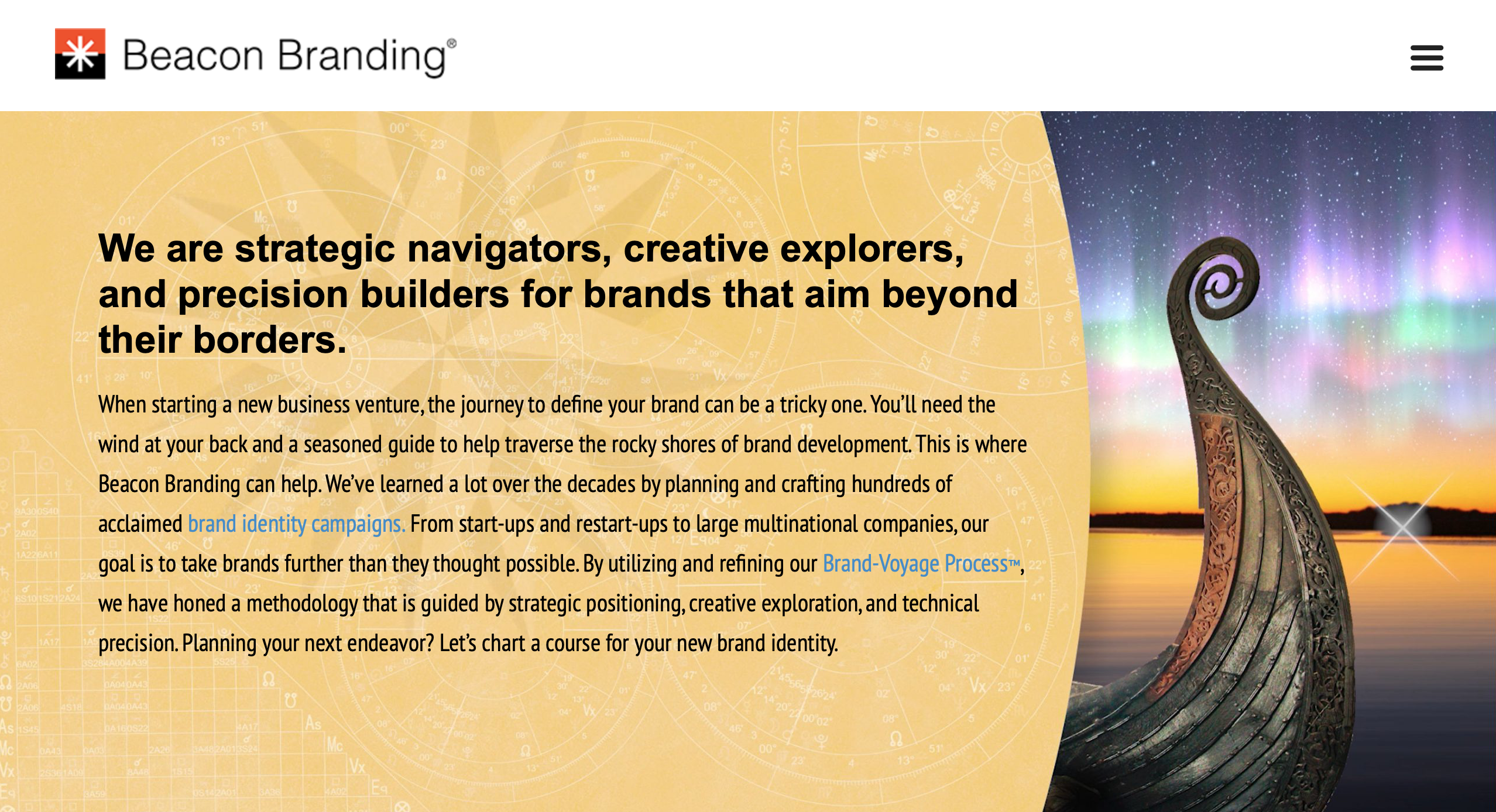
? beaconbranding.com
?New York, NY
? Top clientsSony, Pfizer, Hasbro
Branding companies should follow a very clear design process
Does your brand have a voice? A personality of its own? If your customers can?t immediately tell what services or products you provide as well as what your company stands for, you may need to rethink your brand identity.
This personality needs to be consistent. You don?t want your brand to seem schizophrenic. Every aspect of your business, from marketing to customer care should represent your brand positively, and in support of the identity, you establish.
 Light Bulbs with Brand Concept By EtiAmmos
Light Bulbs with Brand Concept By EtiAmmos
You may not know where to start and how to keep on track when you try to tackle your brand identity. Following a simple process can help with this. Whether you are handling the effort yourself, hiring a design firm, or are a designer handling projects for someone else, this planning and tracking will streamline your efforts and communication with all stakeholders.
Scoping and Planning
First step, rally the troops and decide what the project will entail, what it won?t include, and when things will get done. Include all stakeholders from business owners to designers to marketing. Anyone who has a role or stake in the brand identity should take part or at least be informed of the decisions made in this step. This way everyone has the same expectations and goals, and there are no surprises.
Each organization has different needs depending on their makeup and finances. And, each design or marketing team has a unique skill set, so it is important not to promise more than the team can deliver based on the available skill set. If the organization requires tasks that the design skills don?t match, additional talent may be needed. Scale the project meet the organization?s needs. They may need to start with a logo, color scheme, fonts, and basic strategy if the budget or time is short. Other businesses may be looking for full implementation of the strategy.
Discuss and agree on the following aspects, and any others that come up.
- Font families and pairings ? Consider typography standards for the logo and/or organization name, digital needs, and print needs.
- Logo and variants ? Logos are often the heart of a brand image, but they are far from the only element. Allow for alternate versions like grayscale, orientation, simple, and detailed.
- Graphics, imagery, and guidelines ? Decide if other visual elements like icons, photographs, and illustrations or standards for these assets are included.
- Color scheme ? Discuss the extent of the palette needed; often this means one or two primary colors and accent colors.
- Standards and Guides ? Discuss the rule sets to be provided. This can include a style guide for content, usage, voice, or any other aspect of representing the brand from the web to print.
Researching
In the first step, you define the what of the project. In the second step, start to look at the why and how you?ll deliver on it. Research has two main components, internal and external.
Gather any internal marketing, mission, vision, or other existing documentation that should be complied with, or can help inform the designs. Often organizations can provide demographic customer information but their target market should include important psychographic or geographic traits that flesh out the overall picture and needs. (If you are unfamiliar with psychographic traits check out this Shopify video.)
If the organization hasn?t put much thought into these elements of brand and marketing yet, you can brainstorm or conduct interviews to help them define these aspects. Make sure to follow up all answers by asking why.
- What are their favorite brands (inside or outside the industry), their heroes or influences? Who do they hate?
- Does the organization have a sense of humor, or are they more formal? What about dimensions like emotion and reverence? Check out The Four Dimensions of Tone of Voice for help with this exercise.
- How do/should customers view them? Is the brand funky? Creative? Serious and trustworthy?
- What drives the organization? What are their passions? What do they stand for, or against?
The external research requires some digging into the market, industry and client base, typically from a competitive perspective. Check business sources like Glassdoor, Forbes, trade magazines, and other industry sources. Find out which competitors seem to be dominating and what they are doing that is unique from less successful businesses. What common themes exist that can be busted through for differentiating, without seeming too ?out there??
It?s never too early to begin collecting thoughts and findings in a creative brief so that you have everything in one place for discussions with stakeholders. A good creative brief contains:
- A summary of the market, target customers, core beliefs, and goals
- A persona of the brand personality
- Multiple mood boards (that will be narrowed down and refined throughout the rest of the project)
Ideating
Armed with all your research, you probably have all sorts of visions in your head. Nows the time to start sketching. Brainstorm, and get all the ideas down on paper, whiteboard, or digitally. However you and your team work best, get it all out in the open where it can grow, or die. A few of the ideas will float to the top and start to solidify into potential concepts.
Those concepts should be added to the creative brief and taken to your stakeholders again. Your concepts should still be rather general at this point. YOu don?t want to spend to much energy on too many options, just get them detailed enough that you can select one or two in the briefing for further development.
Developing
Refinement and detail work can now begin on the one or two really great concepts you?ve selected with your stakeholders. Your chosen concepts should stand out from the competition, have pizazz, and allow for consistency and growth. Package each option in a professional way and include logos, color palettes, imagery, and font selections.
Your final design presentation should be conducted at the end of this step. Select the best option for final development. YOu?ll either have nailed it or need minor revisions. This last iteration should be included in your timeline to allow for minor adjustments.
Delivering
Now that the design approach has been finalized, it?s time to build out all agreed-upon deliverables. Don?t forget to document everything as well, particularly for the promised standards or guidelines for usage and style. Create all production-ready graphic assets, build the website, whatever deliverables were included in the scope. It can be useful to use the original scope as a checklist to make sure nothing gets missed. After they?ve been created, deliverables should be packaged up and delivered.
Summary
The process can a lot of value, without adding a lot of overhead. Always scale steps and deliverables to cover the needs of the organization and add checkpoints or tracking tools as needed for larger or more complex efforts. You should find that the structure helps avoid rework and missed deadlines.
